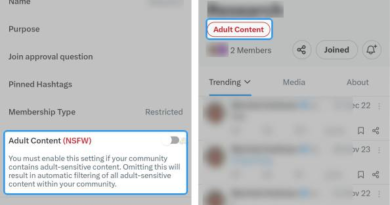Deal Dive: Finally, a startup building a network for those who could benefit the most
The tech industry has tried hard to address its diversity problem, but hiring talent from different backgrounds is only the first “challenge.” A bigger one is retaining them.
Porter Braswell is no stranger to the statistics or to companies’ various excuses for why the numbers are so bad. Early in his career, he struggled to break into tech despite holding internships at Morgan Stanley and Goldman Sachs, and was repeatedly told it was a pipeline problem.
So, Braswell launched Jopwell, a career platform for people from underrepresented communities and backgrounds.
Nearly a decade later, the company says it has supported tens of thousands of professionals, and Braswell has moved into an executive chairman role, looking for his next problem to solve. It wasn’t far off: He found that while many companies had started hiring more people of color, they had a new issue in getting the employees to stay.
“Retention is a major challenge and still remains so,” Braswell told TechCrunch+. “My heart was pulling me toward the retention part of the equation, especially [the feeling of] belonging. What are the variables that lead people to feel like they belong or that ultimately lead individuals of color to leave organizations? It’s because they don’t feel seen, heard or valued.”
Braswell decided the best solution was to create a community that could help people feel valued and also involve the corporations they work for.
That came in the form of 2045, named for the year when communities of color are expected to become the majority in the U.S. The company recently raised a $4.2 million pre-seed round led by Ken Chenault Jr., the former CEO of Amex.
“It was astonishing to me that no one was building a community for what will be the largest population in America,” he said.
An attempt to actually be inclusive
2045 is launching at an interesting time for community startups.
Deal Dive: Finally, a startup building a network for those who could benefit the most by Rebecca Szkutak originally published on TechCrunch




